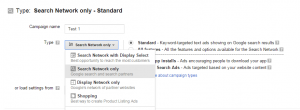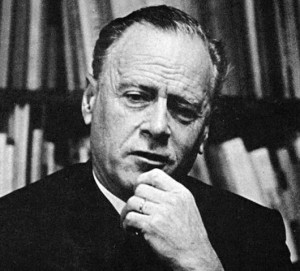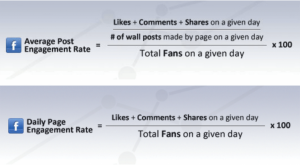AdWords can be tricky. Especially, if you have never worked with online advertising before.
Fortunately for me, I was lucky enough to have worked with Facebook’s Power Editor for a year, before I ended up in the situation where AdWords was suddenly my responsibility in the company I worked for.
So, what did I do?
I went straight to Youtube. I can’t count the things I’ve learned on Youtube. If you have time for tutorial videos on Youtube that is most definitely a good way to go. I can especially recommend this video: Insights on the AdWords Auction
After many hours on Youtube and about 6 months of using AdWords, many of my inital questions have been answered and others have arosen. AdWords simply keeps on changing.
Anyway, here is my guide on how to get through the first steps of an AdWords campaign. Some of my take-aways are probably not best practice. Maybe something has changed over time, or maybe I simply just got it wrong from the start (please speak up if you know better alternatives).
All right, let’s go:
1. If you are in doubt about how to navigate. For a simple usage of AdWords, just click on “campaigns” in the top of the screen. This is usually where you want to be.
2. When creating a normal AdWords campaign (click the red button that says “campaign+) you should only use “Search Network Only”. I say normal, because usually people associate AdWords with the ads that come up when doing a google search, and that is exactly what the Search Network is. The “Display Network” is other pages like online newspapers and review websites. The two networks are different and requires different ads, therefore you should keep them separate (click on the picture to amplify it).
3. When choosing location, you want to think about your target audience. Do you want to pay, so that people in Canada can see your ad, or is your ad only relevant for people living in Vancouver? It’s one of the more simple elements.
4. Language is a bit tricky, because Google doesn’t distinguishdi between the written words but between domains. So, if you choose English your ad will appear on the English version of google.com/ca, and if you choose French, your ad will appear on the French version of google.com/ca.
5. When you are new to AdWords, and you choose your Bid Strategy, you always want to choose the manual bidding. If AdWords were to optimize your campaign effectively, it would need a substantial account history.
It doesn’t really matter what Default bid you choose, because you will optimize your bid for each individual keyword.
You should optimize it every day, based on the suggested bid that you can find in the keyword planner:


Budget pr. day is tricky. Normally you don’t want to miss any clicks, which means that you never want to reach your budget pr. day, BUT when you have a limited budget that will not be the case. Set a budget, so that the campaign can run for at least 10 days.
6. Ad Extensions is always a good idea since they are opportunities to give more information, and at the same time make your ad more visible.
The extensions are “Shipping info” and “Product Ratings”. Without those to extensions the ad would have been much smaller and would have had less info, which in the end increases the chance of a good landing-page experience.





